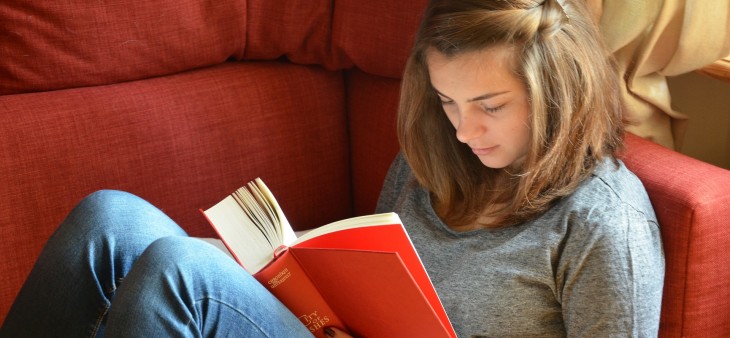
Do you find when seated that you often fidget and struggle to find a comfortable position? Given that in the west, we spend an average 55 to 75% of the day sitting it is not surprising and you are most certainly not alone! A survey of 2,000 people commissioned by Salonpas, (makers of pain relief patches) revealed that one in five people report problems after buying ‘soft seat furniture.’ Wooden chairs and upright seating used to be the norm, but more and more people are choosing big, luxurious looking, soft settees with deep cushions to sink into at the end of a long day.
Although softer furniture may on the face of it seem more comfortable, physiotherapists know that they can often lead to more discomfort later down the line. This is in part due to the fact that softer sofas promote a posture which is more slouched.
Sitting seems like something that should come naturally, but sitting properly does involve good posture and back support – often something that soft upholstery does not provide. Slouching for long periods puts a lot of pressure on the back, its ligaments and disks and this over time can turn into the ongoing pains and aches that niggle us. The same can be said for crossing your legs or putting them up on the sofa next to you.
The NHS advice to avoid and minimise back pain is to sit with your knees level with your hips, both feet flat on the floor with the lower back properly supported, but to reduce the likelihood of discomfort caused by a so called ‘comfy sofa’ over time is a challenge especially as sofas tend to lose their support over the years. Ideally the seating position should not be too low and you should use an additional firm cushion to ensure you are not sitting too far back – the crease behind your knees should fit with the edge of the seat. Most modern sofas are too deep and seem to be designed for people with very long legs and without adequate support, you can end up sitting with your back forming a “C” shape.
Advertising no doubt compounds to the issue. Whenever you see an advert for a sofa, you see a person collapsed, seemingly relaxed and happy and this encourages the thinking that this is correct – after all, we see it and think, that’s what i want to do!
In practise, if you do recline like that on a sofa, it’s likely that your back will hurt pretty quickly. If you don’t get pain whilst in situ, but then do feel an ache or pain on standing, it’s still very likely that how you are sitting is the culprit. If you prefer to lounge or relax in a nearer lying down position, perhaps think about getting a recliner, it will be both more comfortable and better for your back too.
There are other facets of everyday life that contribute to and compound lower back pain too but small adjustments can help:
Wearing high heels – try not wear high heels all of the time and use a more comfortable, practical pair of shoes to get to and from work.
Carrying a bag over one shoulder – spread the load with a rucksack, or switch shoulders every 15-20 minutes and take out what you don’t need before leaving the house!
Hunching over a smartphone – try to limit the time spent on the device and always be conscious of how you hold yourself when using it. Try and keep your head and neck in a neutral position.
Sleeping in the wrong position – make sure you use the right number of (and preferably good quality!) pillows, a good rule of thumb is two for sleeping on your side just one if you sleep on your back.
Driving – try to use the head rest for sustaining good posture and avoid reaching round to get anything from the back seat or twisting when talking to passengers in the back.
If you suffer from lower back pain please do not hesitate to get in touch via our contact page. The Physiotherapy Partners are always here to help and your personal physiotherapist will assess your needs and tailor a plan to fit you specifically. Our practises in Kidderminster and Halesowen offer a number of different services which can help alleviate discomfort and if you are interested in learning more please click here.



